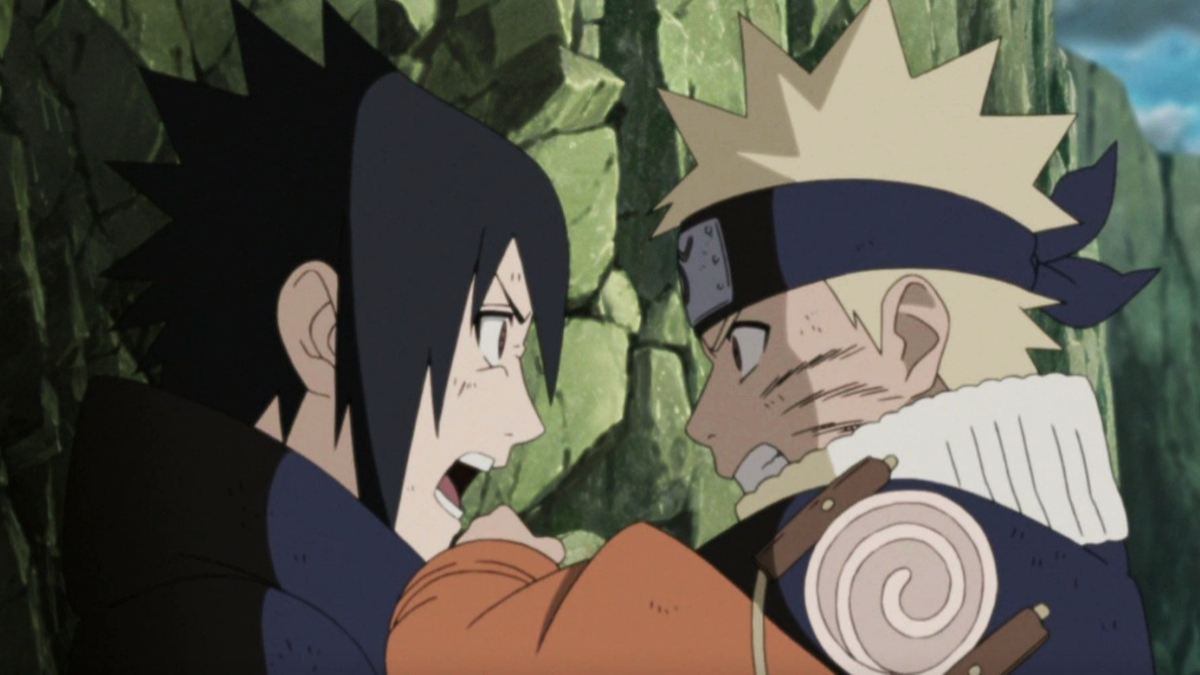
Advertisement
Every anime fan has heard it: “Anime just isn’t what it used to be.” From social media rants to YouTube think pieces, many fans claim that the golden era of anime has passed, replaced by shallow, overhyped series that lack the depth and heart of their predecessors. But is this criticism valid? Are popular anime really getting worse, or are fans just viewing the past through rose-tinted glasses?
This debate isn’t new. Each generation seems to champion its own “golden age” while dismissing newer releases as uninspired or corporate-driven. The 90s crowd might swear by Cowboy Bebop and Evangelion, early 2000s fans ride hard for Naruto and Bleach, while the current wave embraces Demon Slayer, Jujutsu Kaisen, and Chainsaw Man.
So what’s fueling this divide? Is it a decline in storytelling? Has animation sacrificed substance for style? Or are we simply struggling to love new anime the way we loved our firsts?
The Nostalgia Factor: First Love Never Dies
Nostalgia has a powerful effect on perception. The anime you watched during your formative years becomes a part of your identity. You didn’t just watch Naruto—you grew up with him. His pain, his friendships, and his triumphs mirrored your own growth.
This emotional bond creates a kind of confirmation bias. New shows don’t just have to be good—they have to feel like they matter as much as the old ones did, and that’s a nearly impossible standard.
The first anime that makes you cry, rethink life, or binge for hours leaves an emotional impact that later shows struggle to match, no matter their objective quality.
Evolution in Storytelling: Different Doesn’t Mean Worse
Many fans compare current anime to past titles and claim they’re more superficial. But in truth, storytelling has evolved, not regressed.
Older shonen shows like Dragon Ball Z or Bleach were long-running epics that took hundreds of episodes to build arcs. Today’s anime often condense stories into seasonal formats with faster pacing and higher stakes. Shows like Demon Slayer and Chainsaw Man deliver slick narratives in tighter packages, matching modern audience consumption habits.
It’s not that storytelling is worse—it’s that expectations have changed. The slow-burn storytelling of the 2000s wouldn’t survive in today’s fast-paced content cycle.
Visual Quality vs Substance: Eye Candy with Less Heart?
Critics often argue that newer anime focus too much on visuals. There’s some truth here. With studios like Ufotable and MAPPA pushing the boundaries of animation, shows like Demon Slayer have become visual spectacles.
But does this emphasis on style come at the expense of substance?
Sometimes, yes. Flashy battles and movie-level animation can mask weak writing or underdeveloped characters. However, it’s unfair to paint all modern anime with this brush. Series like Vinland Saga, Mob Psycho 100, and Attack on Titan prove that current shows can deliver both visual brilliance and thematic depth.
What fans often interpret as “emptiness” in new anime might just be a different narrative rhythm, not a lack of value.
Tropes and Saturation: The Curse of Popularity
One complaint modern anime faces is genre saturation—especially with isekai (alternate world) and school-based fantasy shows. This genre fatigue can make even solid shows feel repetitive.
Back when Sword Art Online premiered, it was groundbreaking. Now, its formula has been copied hundreds of times, leading to diminishing returns.
However, anime has always thrived on tropes—from the power of friendship to tournament arcs. The difference now is visibility. With more anime than ever being produced and streamed globally, fans are overexposed to recurring patterns, which may feel like creative laziness even when it’s simply genre tradition.
Fandom Expectations: The Pressure to Be the Next Classic
New anime carry an unfair burden: they’re constantly compared to legends. A series like Black Clover or Tokyo Revengers might be solid in isolation, but fans pit them against Fullmetal Alchemist: Brotherhood or Death Note, setting them up to fail.
This gatekeeping mentality makes it harder for newer anime to carve out their own legacy. They don’t have decades of nostalgia behind them—just immediate scrutiny.
Meanwhile, past anime benefited from lower visibility. Fewer voices meant fewer instant critiques, allowing fans to develop long-term attachments without public backlash. Today, the internet offers instant feedback, which can skew perceptions before a show finishes airing.
The Streaming Boom: Blessing or Curse?
Streaming platforms like Crunchyroll, Netflix, and Hulu have globalized anime like never before. But with accessibility comes overproduction. Studios are under pressure to churn out content, sometimes at the cost of quality.
This industrial boom leads to:
-
Overworked animators
-
Rushed adaptations
-
Unfinished arcs
Some fans argue this mass-production approach waters down the art form. Others see it as democratization, giving more stories a chance to be told.
Either way, the shift is real—and it’s changing how anime is made and consumed.
The Bright Spots: Not All Modern Anime Are Lacking
It’s easy to generalize, but modern anime has delivered masterpieces in recent years:
-
Attack on Titan challenged political and philosophical norms with brutal storytelling.
-
Mob Psycho 100 broke expectations with emotional intelligence and creativity.
-
Vinland Saga tackled morality and violence with historical depth.
-
Chainsaw Man redefined shonen chaos with surreal, existential tones.
These shows aren’t worse—they’re different. If they feel disconnected, it might be less about quality and more about how we’ve changed as viewers.
Conclusion
So—are popular anime getting worse? Or are we just nostalgic?
The answer isn’t binary. Anime is changing, just as the world and its audience are. Some newer titles prioritize style over depth. Others are pushing creative boundaries in ways older anime never dared. At the same time, nostalgia colors our perceptions, making it hard to assess modern works fairly.
Rather than comparing eras, maybe it’s time to appreciate what each generation brings. The classics taught us to love anime. The new wave is teaching us how far the medium can go.
In the end, anime isn’t getting worse—it’s just growing up with us.
